Associate Professor, Dr. Vu Le Chuyen, Director of the Center for Urology - Nephrology - Andrology, Tam Anh General Hospital, Ho Chi Minh City, who has successfully performed more than 200 robotic surgeries, affirmed: “Da Vinci Xi is not only a support tool, but also an extended arm of the doctor, helping to perform surgeries that were once considered impossible, bringing safe, effective results and quick recovery. Something that previous generation robots could not do.”
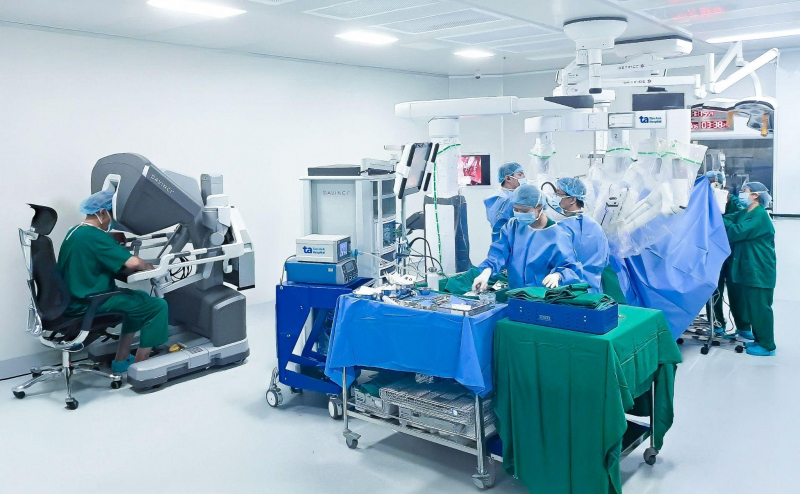
The Da Vinci Xi system uses human wrist simulation technology with four independent robotic arms, each capable of rotating 540 degrees, accessing the surgical area from multiple directions without moving the patient. Surgeons can easily operate in deep, narrow and difficult-to-reach surgical areas, performing sophisticated techniques that are difficult to achieve with traditional endoscopy or older generation robots.
Compared to the previous generation (Da Vinci Si), the Da Vinci Xi Robot has many distinct advantages. Specifically, for the first time, the Xi Robot has a touch screen that helps doctors select the necessary surgical area and the optimal approach to help individualize each surgery (depending on the location of the tumor or the patient's anatomy). The voice guidance feature helps doctors operate easily, especially in complex cases. Thanks to that, the surgery minimizes damage to healthy tissue, avoiding encroachment on other dangerous areas.
The slimmer Da Vinci Xi arms have made an unprecedented difference. The design of the distance between the robotic arms is only 6cm, 2cm smaller than the previous generation, suitable for Vietnamese people, allowing surgeons to place trocars in a straight line instead of fanning, while also making operations easier, minimizing the risk of collision, thereby minimizing damage to surrounding tissues and blood vessels. This streamlined robot design helps the incision to be only 8mm.
In addition, with the new design, any arm of the robot can be equipped with a camera, allowing the doctor to freely change the viewing angle in the operating area, thereby improving the accuracy and flexibility of the surgery. This is something that previous generations of robots could not do because the camera had to be fixed on a robot arm.
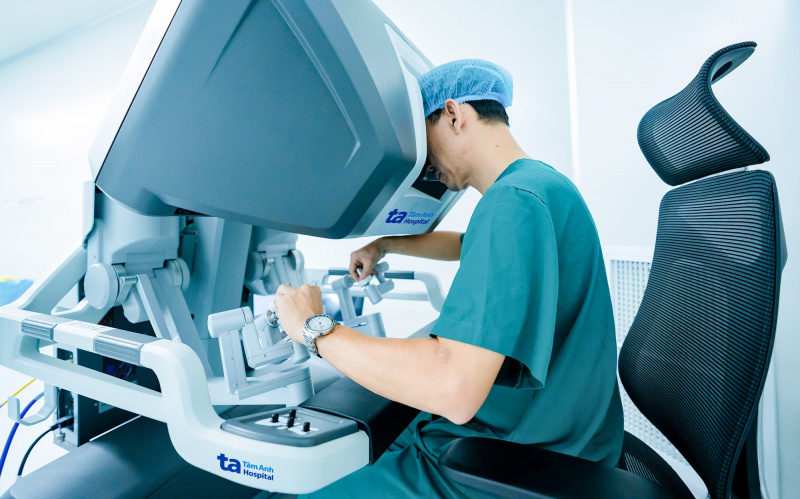
The Da Vinci Xi Robotic Arms are mounted on a 360-degree rotating platform and an adjustable crane, with a laser positioning system, allowing access to multiple surgical areas without moving the entire robot system. In the Si generation, the robotic arms are mounted on the column body of the machine, forcing the surgeon to move the entire system if necessary. With the outstanding improvements of the Xi generation, in inter-regional surgeries, the surgical team does not need to move the robot or change the patient's position, helping to save time, reduce risks, and reduce complications.
Da Vinci Xi is also the first generation of Da Vinci Robots to integrate a welding and hemostasis handle, allowing tissue resection and immediate hemostasis without changing instruments, minimizing blood loss. This technology is especially beneficial for elderly patients, patients with complex underlying diseases or those requiring intervention in difficult locations, thanks to its ability to reduce bleeding, postoperative pain and recovery time.
The Da Vinci Xi robot also provides superior precision thanks to the surgeon operating through the console, observing the entire surgical field through the high-resolution 3D screen. Every subtle movement from the surgeon's hands and fingers is accurately and intuitively converted by the system to the surgical instruments inside the patient's body. The console also allows the surgeon to adjust the viewing angle, magnification and take advantage of the system's hand vibration filtering ability, helping to perform stable and highly accurate surgical operations, while minimizing fatigue during prolonged surgeries.
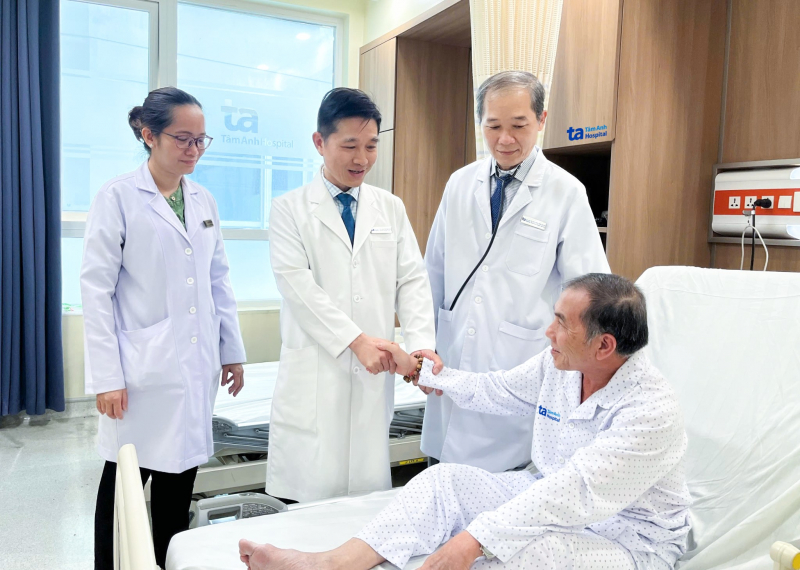
Associate Professor, Dr. Vu Le Chuyen, who directly controlled the robot, said: “Without the Da Vinci Xi, creating a retroperitoneal cavity to access the tumor would be almost impossible. The distance between the robot arms is only 6cm, 2cm smaller than the previous generation, thanks to which we can operate precisely in a narrow space.” After an hour of surgery, the tumor was completely removed, preserving maximum kidney function. Just one day later, Mr. T. was able to sit up and walk gently, with a small incision of only 8mm, with little pain.
Tam Anh General Hospital, Ho Chi Minh City has been approved by the Ministry of Health for 59 categories of robotic surgery, spanning across major specialties. According to Associate Professor, Dr. Tran Quang Binh, Professional Director, Tam Anh General Hospital, Ho Chi Minh City, deploying the Da Vinci Xi Robot helps improve the quality of treatment, affirming the position of Vietnamese healthcare on the world map.
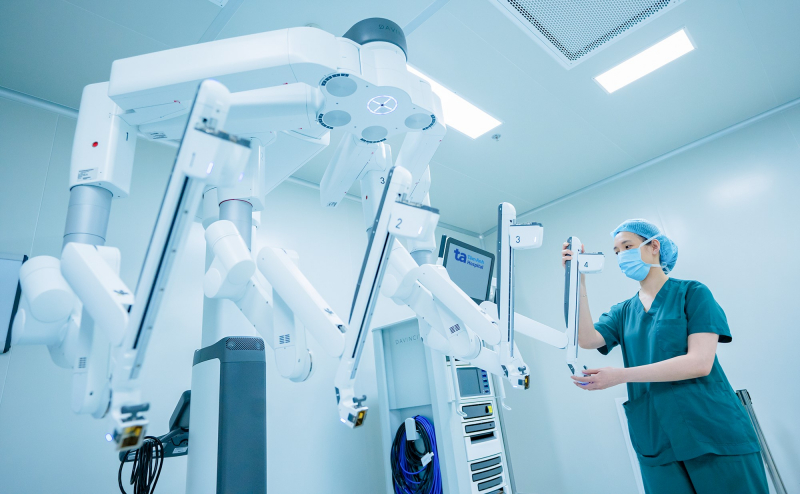
“We aim to build a modern surgical system where every operating room has a robot and every doctor is proficient in this technology, comparable to countries with advanced medicine such as the US, Japan, and Korea,” said Associate Professor Tran Quang Binh.
The Da Vinci Robot System has supported more than 14.2 million surgeries worldwide. With the Da Vinci Xi Robot System at Tam Anh General Hospital, Vietnamese patients can now access advanced surgical methods right in the country, instead of having to go abroad at high costs and time-consuming.
Source: https://cand.com.vn/y-te/bvdk-tam-anh-dua-vao-hoat-dong-sieu-robot-phau-thuat-hien-dai-nhat-dong-nam-a-i766957/





![[Photo] Thousands of Buddhists wait to worship Buddha's relics in Binh Chanh district](https://vphoto.vietnam.vn/thumb/1200x675/vietnam/resource/IMAGE/2025/5/3/e25a3fc76a6b41a5ac5ddb93627f4a7a)







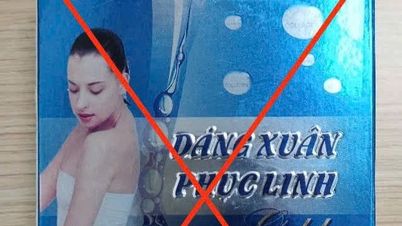









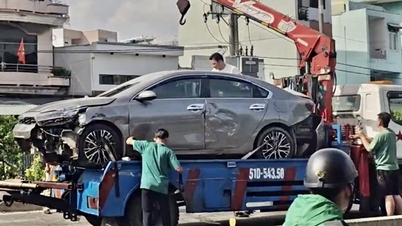





































































Comment (0)